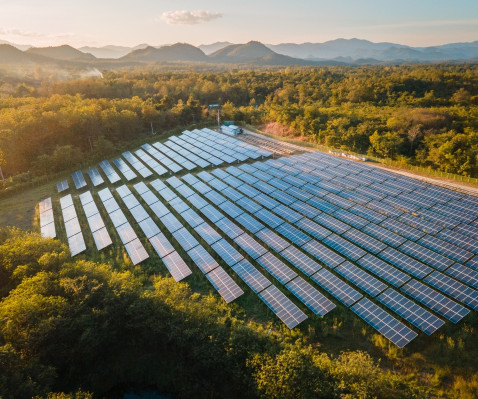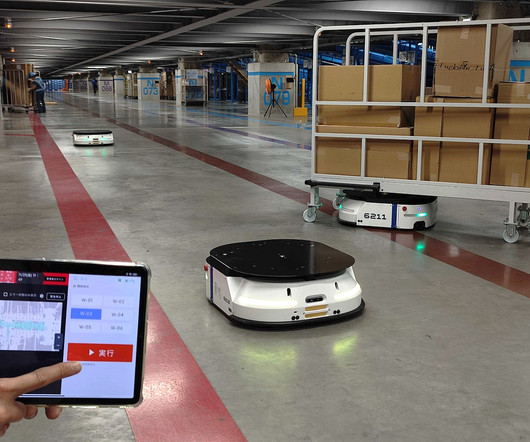Banyan wants to unlock financing for a (more) sustainable future
TechCrunch
MARCH 7, 2023
When it comes to sustainable infrastructure development, technology is making terrific leaps and bounds. For one thing, the processes remain largely manual, with financing in this sector remaining reliant on emails, spreadsheets and documents in a variety of formats. Streamlined, and indeed sustainable, it ain’t.














Let's personalize your content